Méthodes de recherche
(English)
Notes for 2011 National Household Survey, NAFC Tabulations
‘Aboriginal identity’ includes persons who reported being an Aboriginal person, that is, First Nations (North American Indian), Métis or Inuk (Inuit) and/or those who reported Registered or Treaty Indian status, that is registered under the Indian Act of Canada, and/or those who reported membership in a First Nation or Indian band. Aboriginal peoples of Canada are defined in the Constitution Act, 1982, section 35 (2) as including the Indian, Inuit and Métis peoples of Canada.
Users should be aware that the estimates associated with this variable are more affected than most by the incomplete enumeration of certain Indian reserves and Indian settlements in the National Household Survey (NHS). In 2011, there were a total of 36 Indian reserves and Indian settlements that were ‘incompletely enumerated’ in the NHS. For these reserves or settlements, NHS enumeration was either not permitted or was interrupted before it could be completed, or was not possible because of natural events (specifically forest fires in Northern Ontario). For additional information, please refer to the Aboriginal Peoples Reference Guide, National Household Survey (NHS), 2011
‘Multiple Aboriginal identities’ includes persons who reported being any two or all three of the following: First Nations (North American Indian), Métis or Inuk (Inuit).
‘Aboriginal identities not included elsewhere’ includes persons who did not report being First Nations (North American Indian), Métis or Inuk (Inuit) but who did report Registered or Treaty Indian status and/or membership in a First Nation or Indian band.
‘Aboriginal ancestry’ includes persons who reported one or more than one of First Nations (North American Indian), Métis or Inuit ancestry in Question 17, either with or without also reporting a non-Aboriginal ancestry. The sum of the categories ‘First Nations (North American Indian) ancestry’, ‘Métis ancestry’ and ‘Inuit ancestry’ is thus greater than the sum of the total for ‘Aboriginal ancestry’ because persons who reported more than one Aboriginal ancestry are included in the response category for each Aboriginal ancestry they reported. All respondents with Aboriginal ancestry are counted in at least one of the categories ‘First Nations (North American Indian) ancestry,’ ‘Métis ancestry’ and ‘Inuit ancestry’ and also in the category ‘Aboriginal ancestry.’ Aboriginal peoples of Canada are defined in the Constitution Act, 1982, section 35 (2) as including the Indian, Inuit and Métis peoples of Canada. Ancestry refers to the ethnic or cultural origins of the respondent’s ancestors, an ancestor being usually more distant than a grandparent. A person can have more than one ethnic or cultural origin.
Urban areas = Small, medium and large population centres
